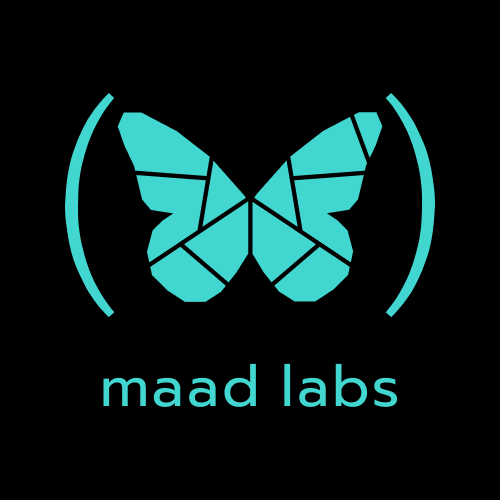All templates
Storyboards
Watch the video

maad labs
Distributing the future more evenly @ maadlabs.io
maad labs is a do tank, not a think tank, that performs digital experiments, provides executive training, builds our own (largely AI/ML/Data) products, and consults with both venture-backed and large, multi-national companies bringing bold, audacious, and complex ideas, experiences, and technologies to market. We help organizations get future-proofed by leveraging impending technological disruptions.
Categories
Similar templates
4x4 Change Acceleration
58 likes
152 uses

OKR Board for Product, UX and Engineering Teams
497 likes
3.2K uses

Stakeholder RACI Map
509 likes
3.4K uses

4x4 Change Acceleration
58 likes
152 uses

OKR Board for Product, UX and Engineering Teams
497 likes
3.2K uses

Stakeholder RACI Map
509 likes
3.4K uses
